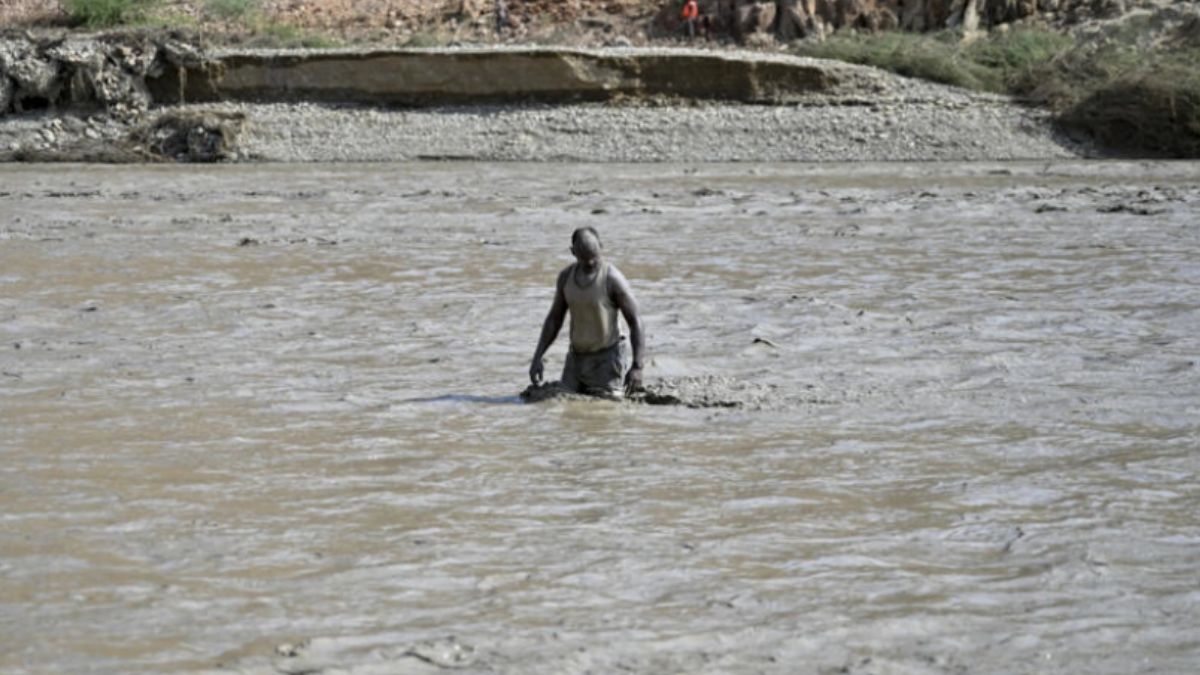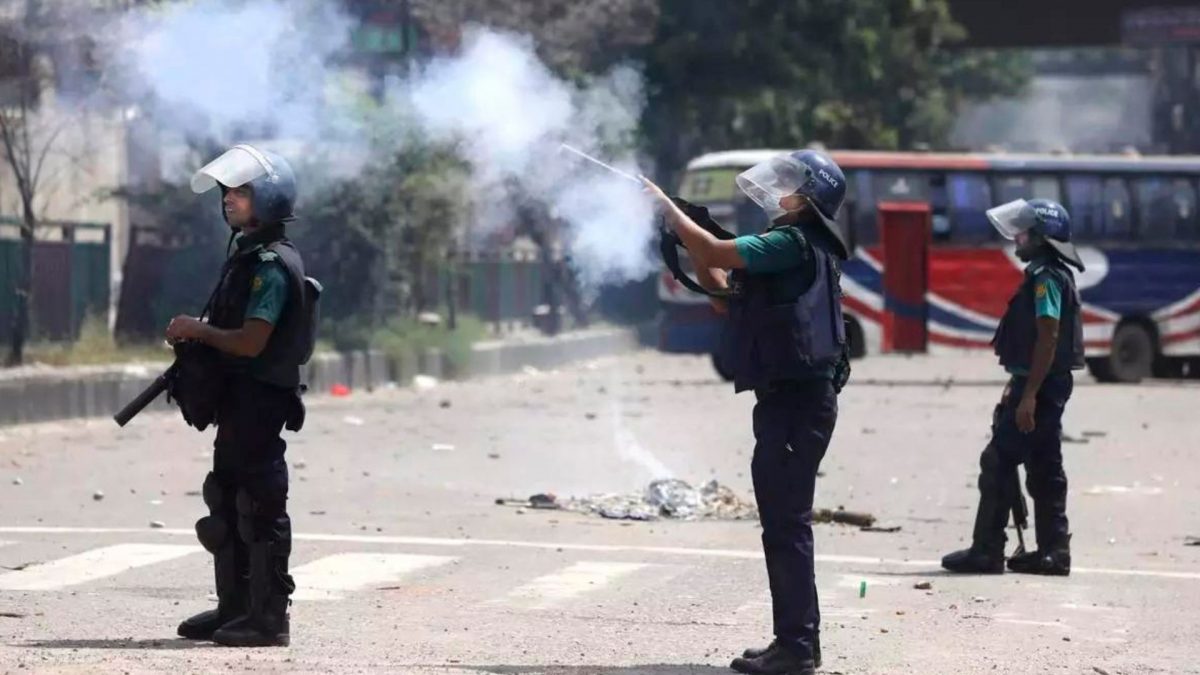Iran has seen waves of emigration since its Islamic Revolution in 1979. The push has only got strengthened after the 2022 anti-hijab protests and the regime’s strict measures to deal with protesters. A number of them are reaching Germany read more
)
Thousands of demonstrators, holding up pictures of Amini and many others killed in the protests, called for the overthrow of Iran's theocracy and the establishment of a democratic republic. Reuters
More than three hundred thousands Iranians live in Germany, some reaching the country legally, others illegally seeking asylum. This trend grew sharply following the 2022 hijab protests that took place in Iran after the death of Jina Mahsa Amini. She was arrested by Iran’s moral police for not wearing hijab in the prescribed manner. She died in custody.
The immigration of Iranians increased sharply, raising concerns that they might be deported by authorities. This led to a blanket ban on the deportation of Iranians from Germany. The ban expired in December 2023. During these years, Iranians have found Germany to be a safe country to escape persecution by Iranian authorities loyal to Ayatollah Khameini’s rule.
Yet, two Iranians have made national headlines in Germany. DW reported extensively on how Iranian nationals Milad and Omid, who became critical of the Iranian government in the view of brutal handling of the hijab protests and continued suppression of the rights of people, particularly women.
The story of Milad and Omid’s journey from Iran to Germany has come as a testimony to the conditions faced by those seeking refuge from the authoritative Iranian regime. Their journey, undertaken on foot, by boat, and by bus, is a tale of endurance, desperation, and the unyielding human spirit.
The protest story
Both Milad, 35, and Omid, 28, were vocal critics of the Iranian government, their lives irrevocably altered by the brutal crackdown on the 2022 anti-government protests sparked by the tragic death of Jina Mahsa Amini.
DW reported that Milad accused the Iranian security forces of shooting him in the eye during the 2022 demonstrations, resulting in the loss of sight in one eye. He was also allegedly assaulted while in detention and released only after signing a pledge to cease his protest activities.
Omid, on the other hand, was a police officer. He was dismissed in 2017 for refusing to participate in a crackdown on anti-regime protesters. He subsequently faced subsequent harassment, the report said. “I played an important role by not participating in the oppression of my people,” Omid was quoted as saying.
Their flight from Iran
They escaped separately from Iran in March 2023, marking the beginning of a perilous journey. They reached Istanbul, Turkey, by flight. The city offered a brief respite before they undertook an arduous trek to Greece over the next four days. They didn’t have much food while the physical toll was immense. They survived days on just water.
“The journey from Turkey to Greece was four days and nights on foot. We spent ten minutes on a boat and walked until we reached a point of rest,” Milad, who now lives in Germany’s Mainz, was quoted as saying.
Omid fled after he was arrested twice and assaulted. “I escaped with the help of my father, who was a soldier,” he told DW, “The second time I was arrested, my friend tipped off my father, who is now retired. He used his influence to set me free. After this, I left the country.”
Challenges in Europe
The journey across Europe was full of challenges through every border crossing. Milad was detained multiple times, particularly in Serbia while Omid faced similar situations in Croatia. But the allure of freedom kept them moving forward.
Their stories became one in Serbia when Omid joined Milad’s group. Their struck cord soon over shared plight, forging a bond of camaraderie. Finally, after weeks of uncertain horror, they reached Germany. The exact date of their arrival and their last names were not revealed in reports.
“The soles of my feet were scarred. I was thinking of living freely again all the way, and that kept me going,” Omid said.
“In total, we crossed 10 or 11 borders,” Milad said, speaking for both him and Omid.
Milad and Omid are among countless Iranians seeking asylum in Europe. Most forced migration stories from Iran follow the similar pattern of fleeing the regime’s oppressive tactics.
But why do a lot of Iranians head to Germany? Germany has offered a sense of security to those fleeing the Iranian regime’s actions for seeking restoration of rights.
Only last month (July), Germany raided a mosque, serving as the Iranian cultural centre in Berlin. Another such centre was also shut down in Hamburg. These centres allegedly propagated “terrorist ideology” and supported Hezbollah, the Lebanon-based and Iran-backed group. In November 2022, Hamburg centre’s deputy head Soleiman Mousavifar was expelled for his pro-Hezbollah activities.
Once free from Tehran regime’s pressure, a number of Iranians have voiced their demand to designate Iran’s Islamic Revolutionary Guard Corps as a terrorist organisation — declared so by the US, with Canada joining it in June this year. The UK is also said to have considered listing the Iranian force as a terror group but a formal decision is yet to be taken.

 2 months ago
13
2 months ago
13
)
)
)
)
)
)
)
)
)
)
)
)
)
)
)
)
)
)
)
)
)
)
)
)
)
 English (US) ·
English (US) ·